Table of Contents
Semiconductor quantum dots (SQD) are revolutionizing the field of nanotechnology, offering immense potential in various applications ranging from electronics and energy to medicine and imaging. These minuscule structures, typically less than 10 nanometers in size, exhibit unique optical and electrical properties due to their quantum confinement effect.
What are Semiconductor Quantum Dots?
Semiconductor quantum dots are tiny crystalline structures composed of semiconductor materials such as cadmium selenide (CdSe) or lead sulfide (PbS). Their size is so small that they can be considered zero-dimensional objects, often referred to as artificial atoms. These structures possess remarkable electronic and optical properties that can be precisely controlled by altering their size and composition.
Semiconductor Quantum Dots (QDs)
| Property | Description |
|---|---|
| Material Composition | – Typically made of materials like CdSe, CdTe, InP, etc. |
| – Different materials yield different optical and electronic properties. | |
| Size | – Range from 2-10 nanometers (in diameter). |
| – The size of the QD influences its bandgap, affecting its optical and electronic properties. | |
| Shape | – Typically spherical, but can be engineered into other shapes like rods. |
| Color (Emission) | – Can emit a variety of colors from visible to infrared. |
| – The color is size-dependent due to the quantum confinement effect: smaller dots emit bluer light, larger dots emit redder light. | |
| Synthesis Methods | – Colloidal synthesis in solution. |
| – Molecular beam epitaxy. | |
| – Chemical vapor deposition. | |
| Surface Modification | – Can be capped with organic ligands or inorganic shells to enhance stability and optoelectronic properties. |
| Applications | – Bio-imaging and bio-labeling (due to their fluorescence). |
| – Solar cells (as they can absorb and transform sunlight efficiently). | |
| – Quantum dot displays (enhanced color and energy efficiency for screens). | |
| – Photodetectors and sensors. | |
| Advantages | – Tunable optical properties. |
| – High quantum yield (efficient light emission). | |
| – Stability against photo-bleaching (compared to organic dyes). | |
| Limitations | – Potential toxicity issues in biological applications (depending on material). |
| – Challenges in ensuring uniform size and shape during synthesis, which is crucial for consistent optoelectronic properties. | |
| Toxicity | – Some materials, like CdSe, have raised concerns for potential toxicity, especially in biological settings. Alternate materials are sought for such applications. |
Synthesis Methods:
There are several methods for synthesizing semiconductor quantum dots, with the most common techniques being colloidal synthesis and epitaxial growth. Colloidal synthesis involves the controlled growth of quantum dots in a solution, while epitaxial growth utilizes molecular beam epitaxy or metal-organic chemical vapor deposition to deposit quantum dots on a substrate.
Properties of Semiconductor Quantum Dots:
Semiconductor quantum dots possess unique properties that differentiate them from bulk materials. One of the most significant characteristics is their tunable bandgap, which determines the range of wavelengths they can absorb or emit. This tunability makes them ideal for applications in optoelectronics and photonics.
Additionally, their size-dependent optical properties, such as high photoluminescence quantum yield and narrow emission spectra, make them promising for displays, solar cells, and biological imaging.
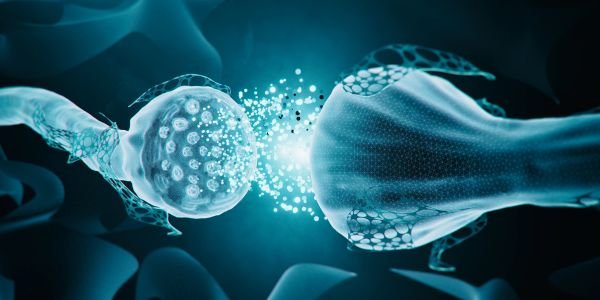
Applications of Semiconductor Quantum Dots:
a) Optoelectronics:
Quantum dots have shown tremendous potential in improving the efficiency and color range of displays, lighting, and photovoltaic devices. Their ability to emit light at precise wavelengths enables the production of vivid and energy-efficient displays.
b) Biological Imaging and Sensing:
Semiconductor quantum dots have emerged as powerful tools in biological imaging due to their bright and stable fluorescence properties. They can be used for targeted imaging, tracking cellular processes, and diagnosing diseases. Quantum dots also find applications in biosensing, enabling highly sensitive detection of various analytes.
c) Quantum Computing:
The unique quantum properties of semiconductor quantum dots make them promising candidates for quantum computing. Their ability to trap and manipulate individual electrons allows for the creation of qubits, the fundamental building blocks of quantum computers.
d) Energy Storage:
Quantum dot-based solar cells hold the potential to overcome the efficiency limitations of traditional solar cells. Their broad absorption spectra and tunable bandgap enable the utilization of a wider range of solar radiation, leading to increased energy conversion efficiency.
e) Environmental Remediation:
Semiconductor quantum dots have also found applications in environmental remediation. They can be used for detecting and removing pollutants from water or air due to their excellent adsorption capabilities and photoactivity.
Semiconductor quantum dots represent a remarkable breakthrough in the field of nanotechnology. Their unique properties and versatile applications have attracted significant attention from researchers across various disciplines.
As further advancements in synthesis techniques and understanding of quantum dot behavior occur, we can anticipate even more innovative applications to emerge, paving the way for a future of enhanced electronics, improved energy technologies, and groundbreaking medical diagnostics.
FAQ
How are semiconductor quantum dots synthesized?
Semiconductor quantum dots can be synthesized using various methods, including colloidal synthesis, epitaxial growth, and lithography. Colloidal synthesis involves creating quantum dots in a solution by controlling the growth of nanoparticles. Epitaxial growth involves depositing atomically thin layers of semiconductor material on a substrate. Lithography techniques are used to pattern and shape quantum dots on a surface.
What are the applications of semiconductor quantum dots?
Semiconductor quantum dots have numerous applications. They are used in optoelectronic devices, such as light-emitting diodes (LEDs), solar cells, and lasers. Quantum dots are also utilized in biological imaging and labeling, where their unique optical properties enable high-resolution imaging. Additionally, quantum dots have potential applications in quantum computing, quantum cryptography, and single-photon sources.
What makes semiconductor quantum dots unique?
The unique properties of semiconductor quantum dots arise from quantum confinement effects. When the size of a semiconductor material is reduced to the nanoscale, the energy levels of electrons and holes become quantized. This leads to discrete energy levels, which can be tuned by adjusting the size and composition of the quantum dots. This tunability allows for precise control over their electronic and optical properties.
How do semiconductor quantum dots emit light?
Semiconductor quantum dots emit light through a process called photoluminescence. When excited by an external energy source, such as light or electrical current, electrons in the quantum dots are promoted to higher energy levels.
As the electrons return to their ground state, they release energy in the form of light. The emitted light has a wavelength that depends on the size of the quantum dot, resulting in tunable emission across the visible and infrared spectrum.What are the challenges in semiconductor quantum dot technology?
Semiconductor quantum dot technology faces several challenges. One major challenge is achieving high-quality, uniform quantum dot synthesis with precise control over size, shape, and composition. Stability is another concern, as quantum dots can degrade over time due to oxidation or other processes.
Additionally, integrating quantum dots into practical devices and ensuring compatibility with existing manufacturing processes can be challenging.How do semiconductor quantum dots contribute to solar energy?
Semiconductor quantum dots have promising applications in solar energy conversion. Their tunable absorption and emission properties make them suitable for enhancing the efficiency of solar cells. Quantum dots can be incorporated into the design of solar cells to capture a broader range of wavelengths, thereby increasing the amount of light converted into electricity. They can also be used as light harvesters or charge carriers in next-generation photovoltaic devices.
Are there any environmental concerns associated with semiconductor quantum dots?
Certain types of quantum dots, such as those containing heavy metals like cadmium, raise environmental concerns. Cadmium-based quantum dots are potentially toxic and can be harmful to humans and ecosystems if not properly managed. However, significant efforts are underway to develop alternative materials that are less toxic and environmentally friendly, such as lead-free quantum dots.
What is the role of semiconductor quantum dots in quantum computing?
Semiconductor quantum dots are a promising platform for quantum computing. Their confined electron states can serve as qubits, the fundamental units of information in quantum computing. By precisely manipulating the charge and spin states of electrons in quantum dots, it is possible to perform quantum logic operations.
Quantum dots offer advantages such as scalability, compatibility with existing semiconductor technologies, and the potential for integration with classical computing components.Can semiconductor quantum dots be used for quantum communication?
Yes, semiconductor quantum dots have potential applications in quantum communication. By leveraging the quantum properties of individual quantum dots, such as their ability to emit single photons, they can serve as efficient sources of quantum information carriers.
Quantum dots can be integrated into quantum communication systems to generate and transmit single photons, enabling secure communication protocols like quantum key distribution (QKD).
Also, read Nanophotonics








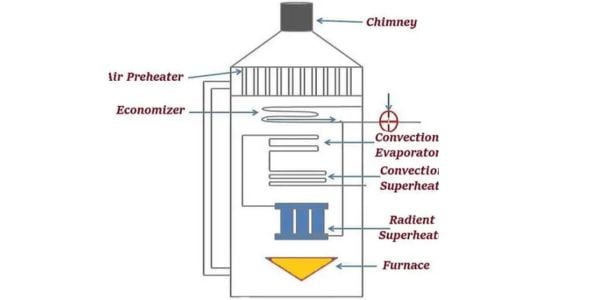
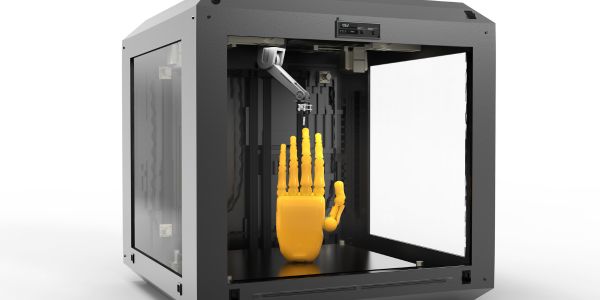

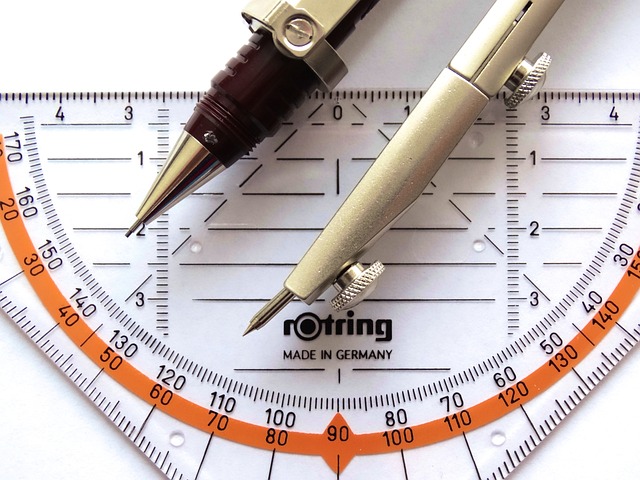
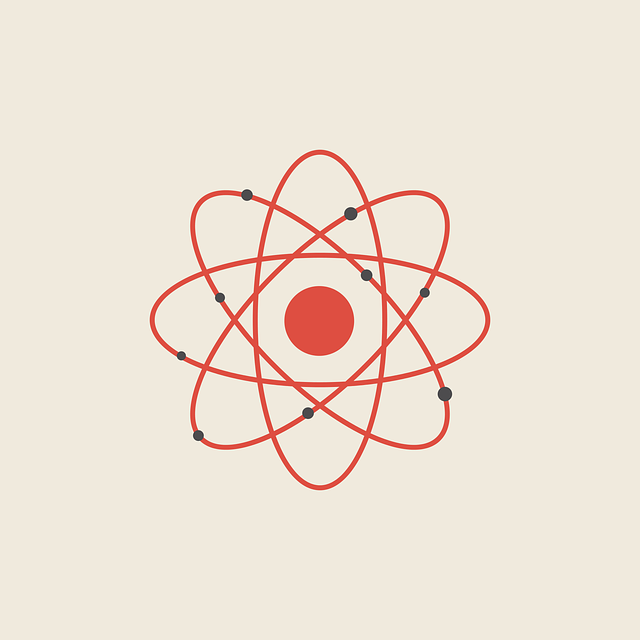




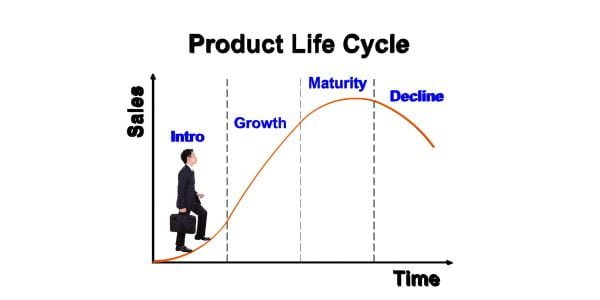
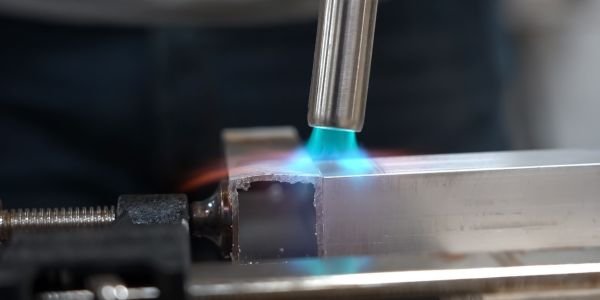



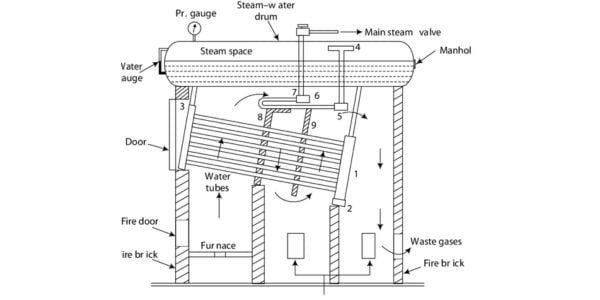
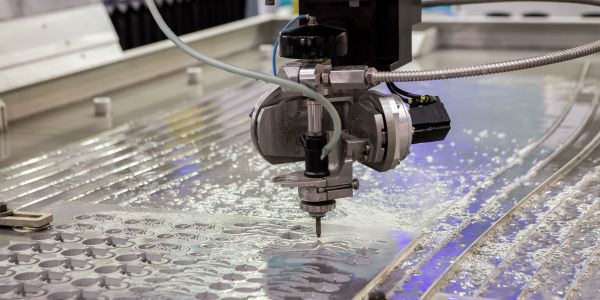







Comments on “Semiconductor Quantum Dots: The Power of Nanotechnology”
Comments are closed.